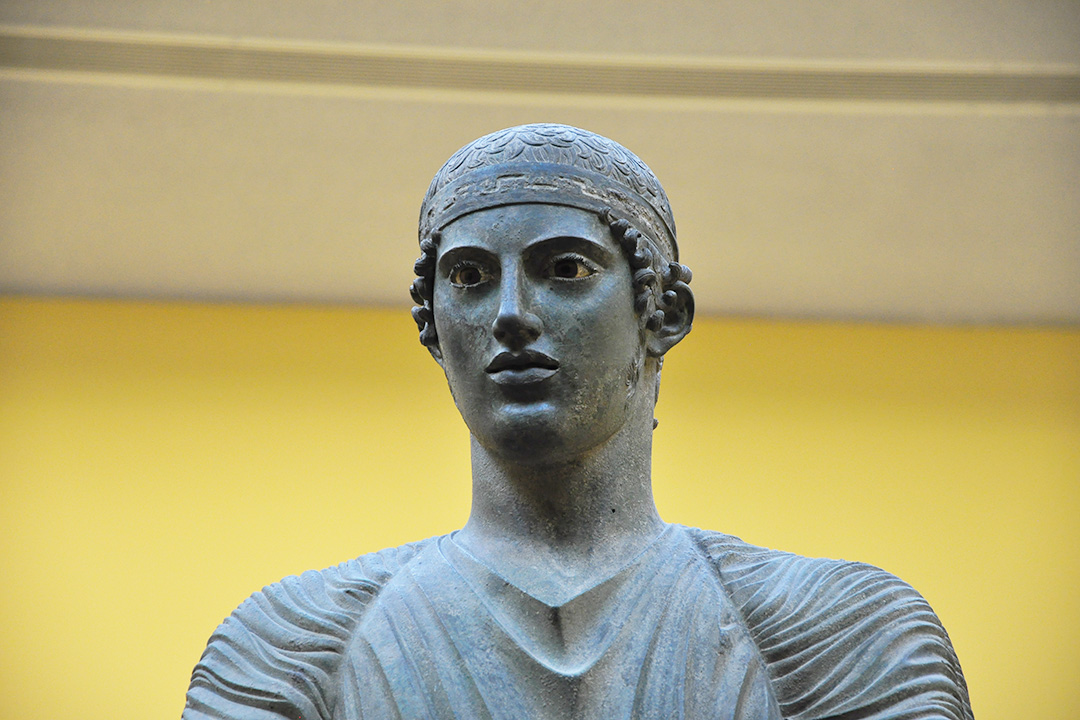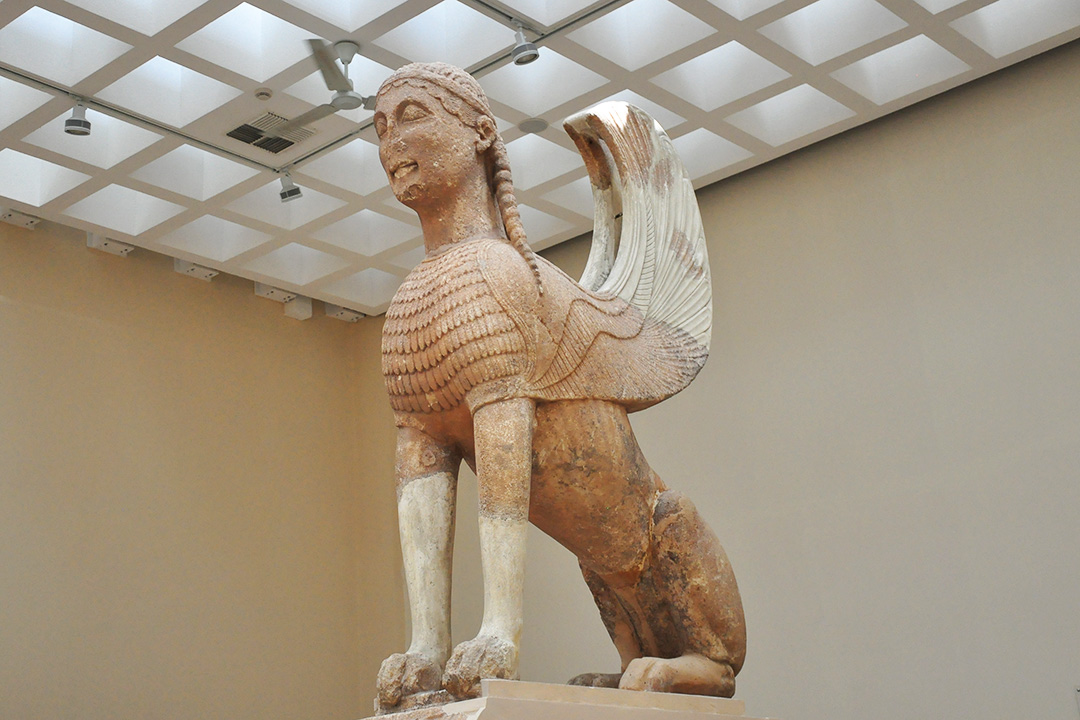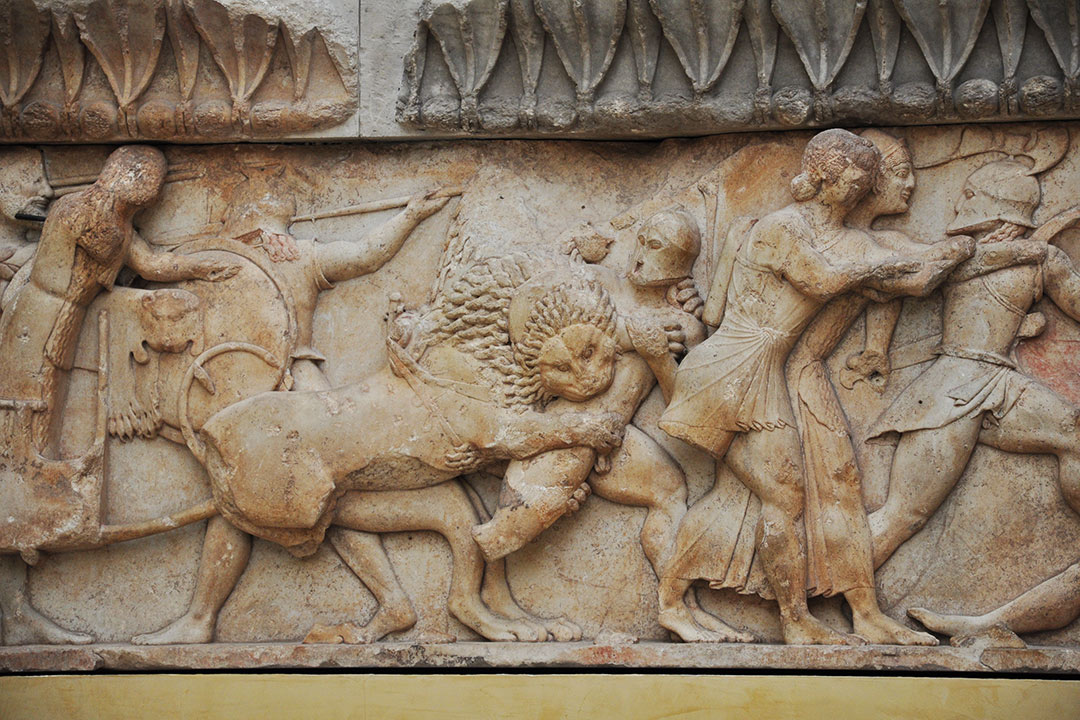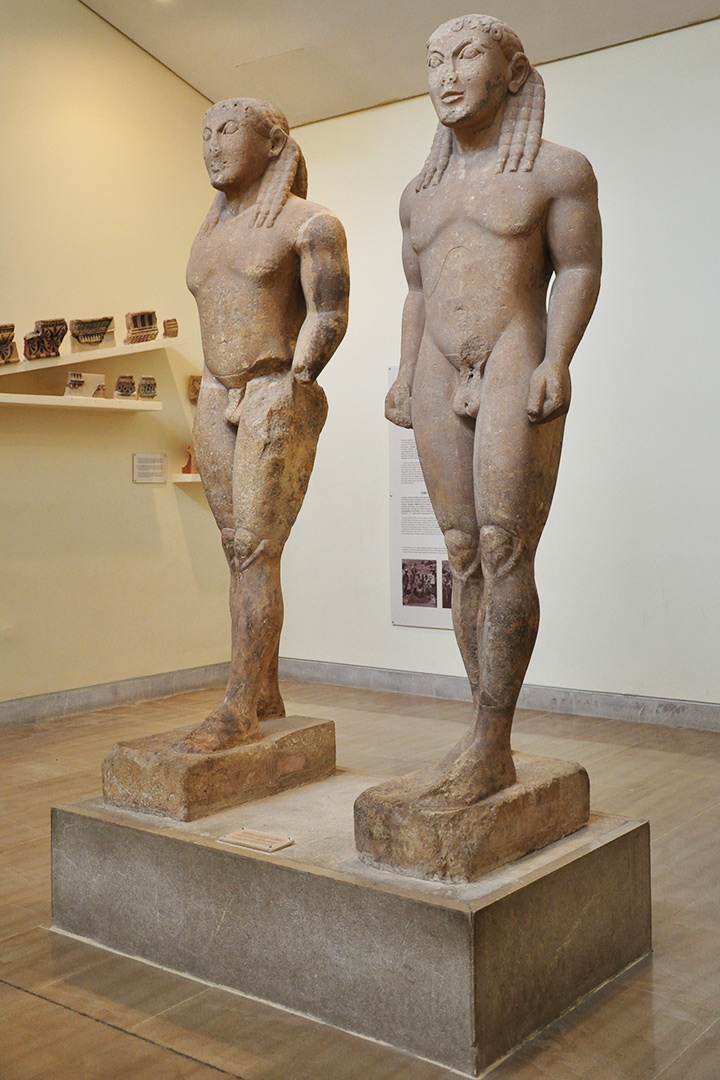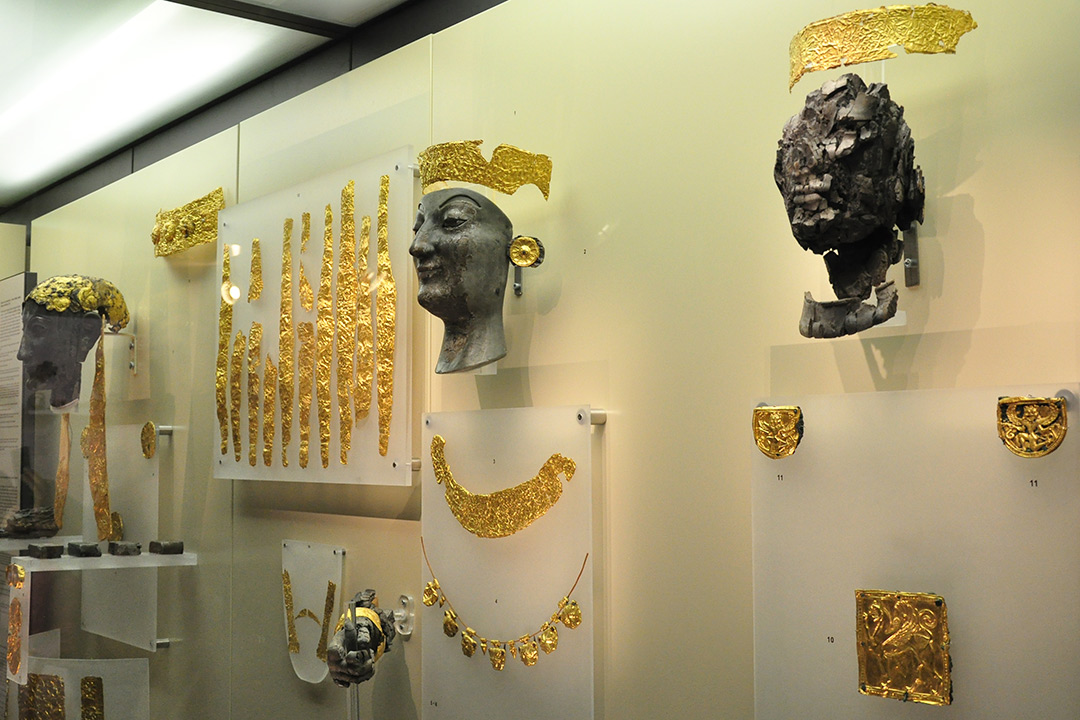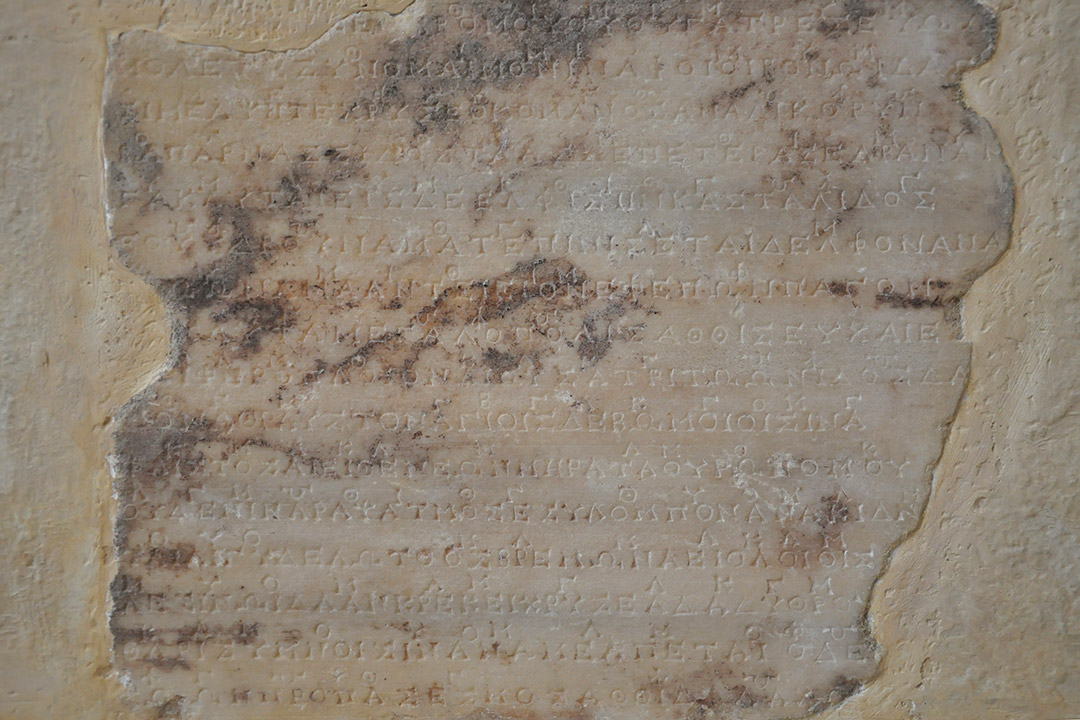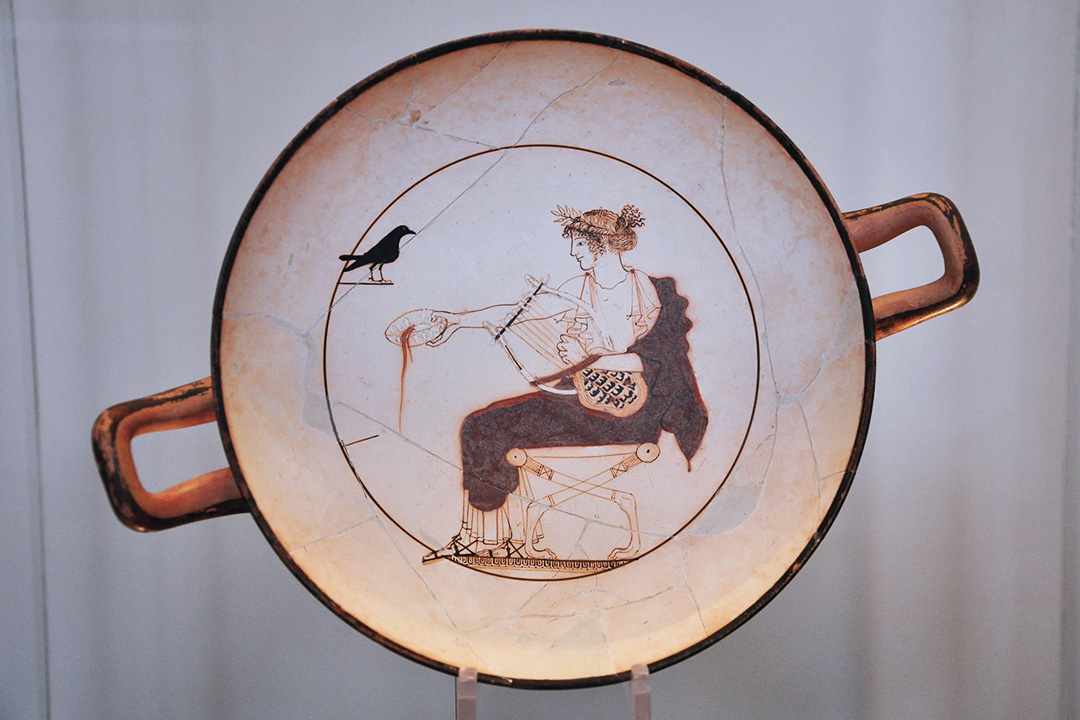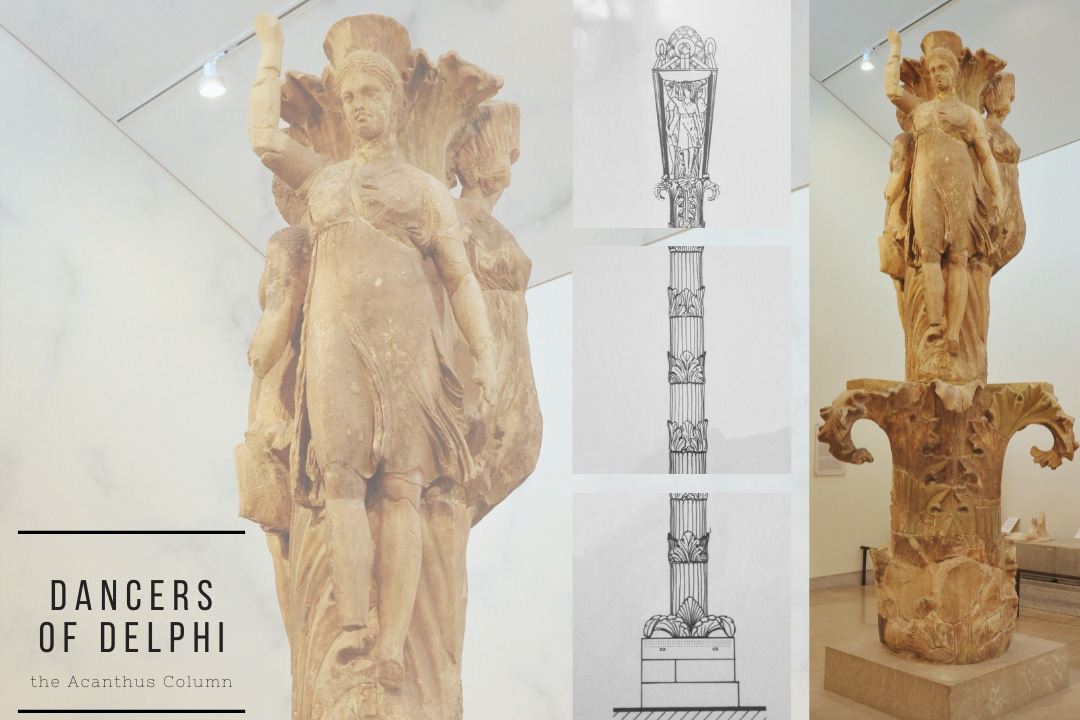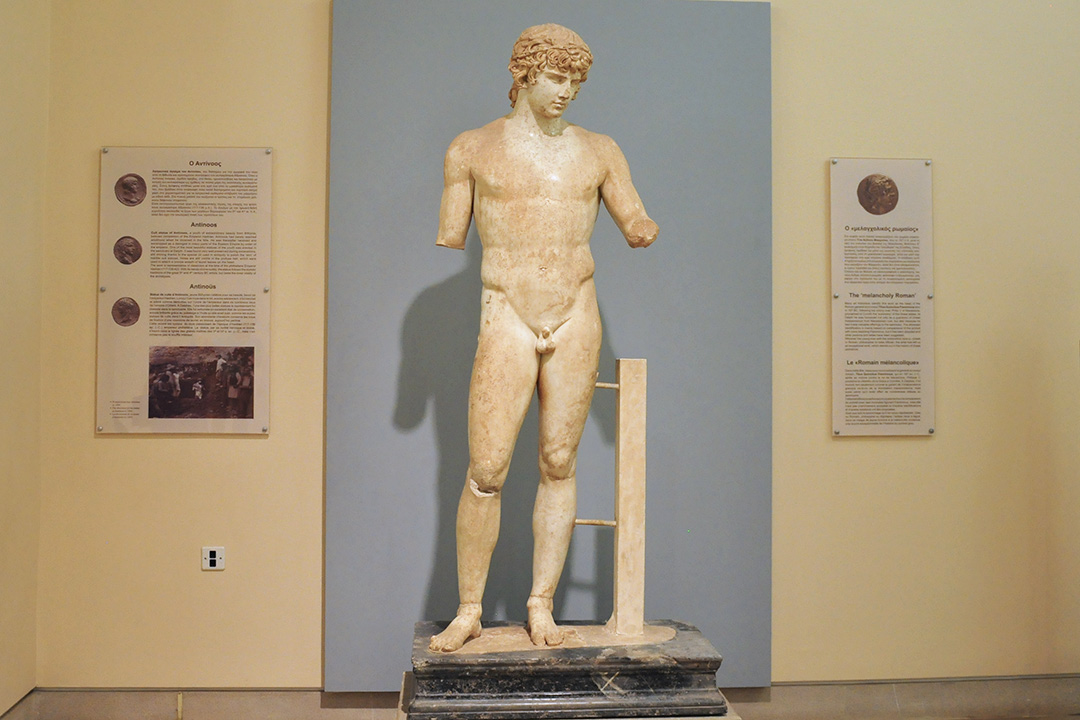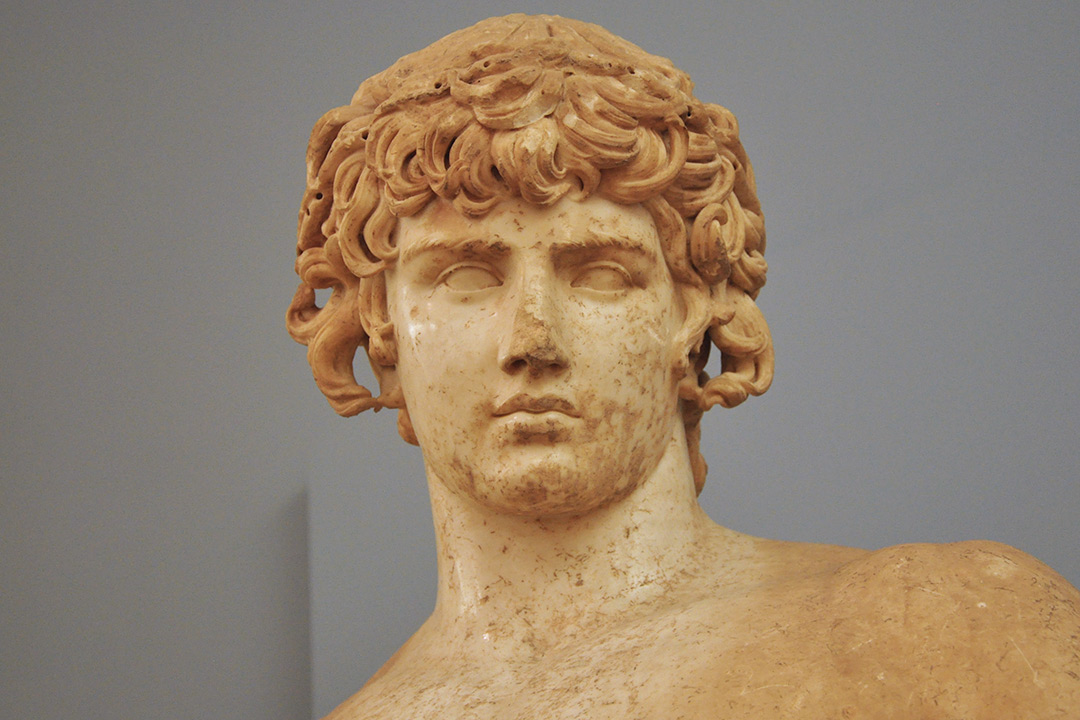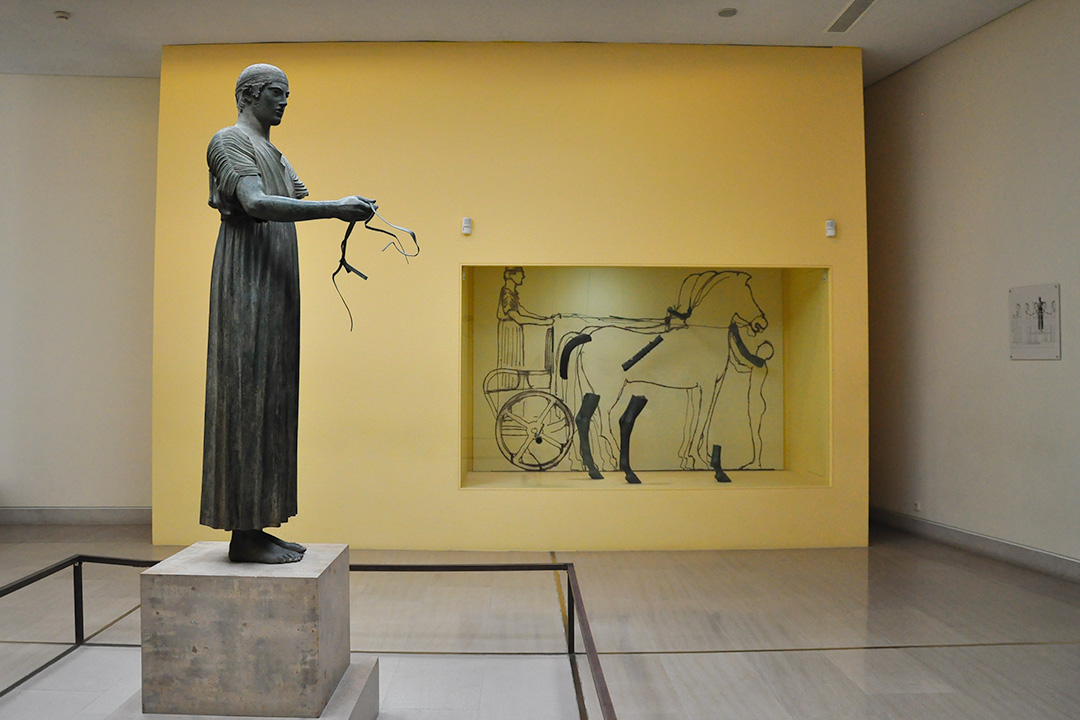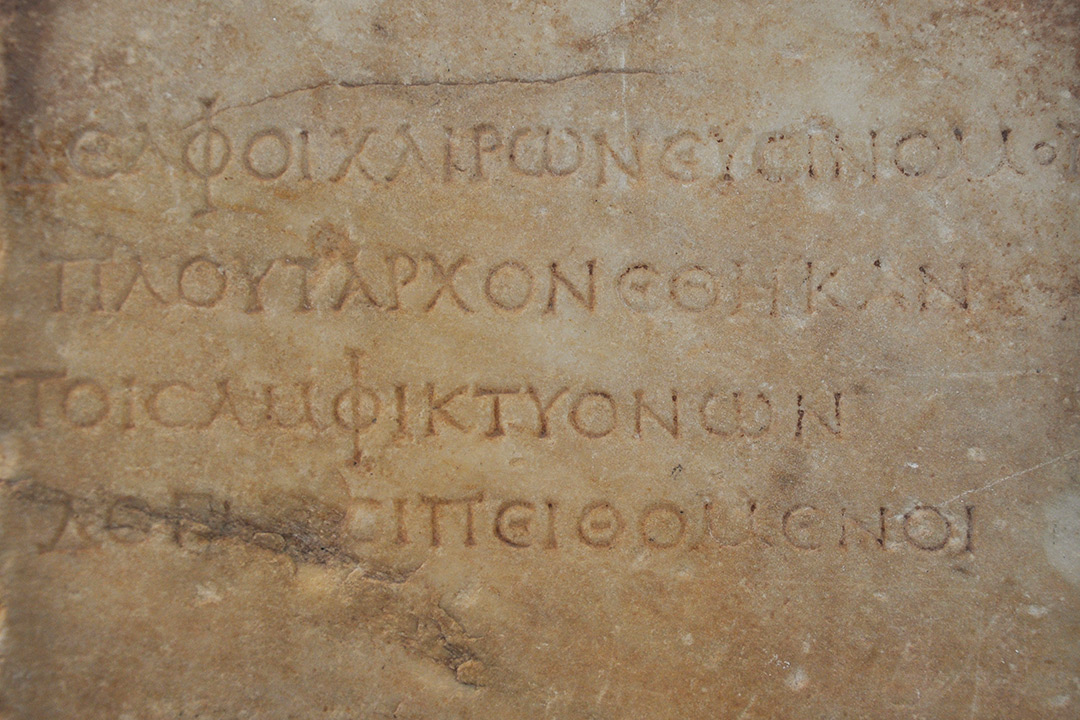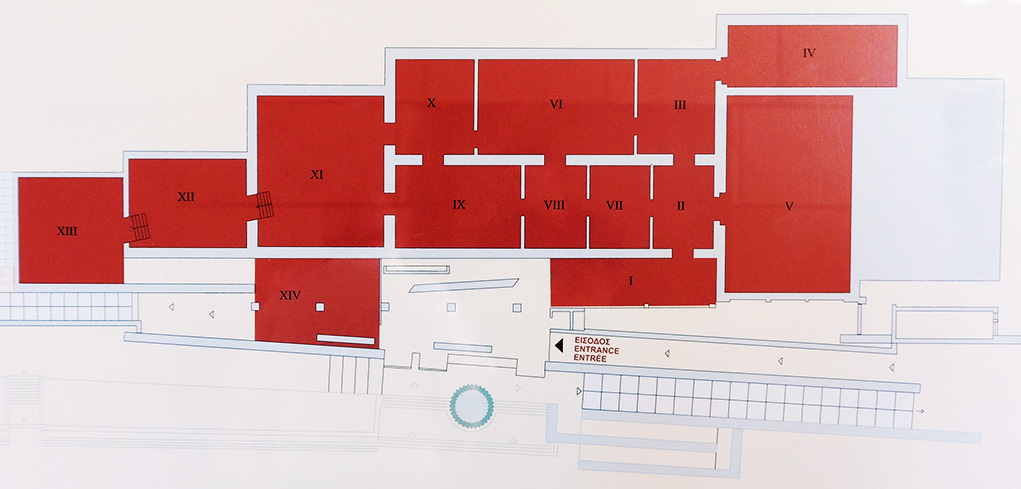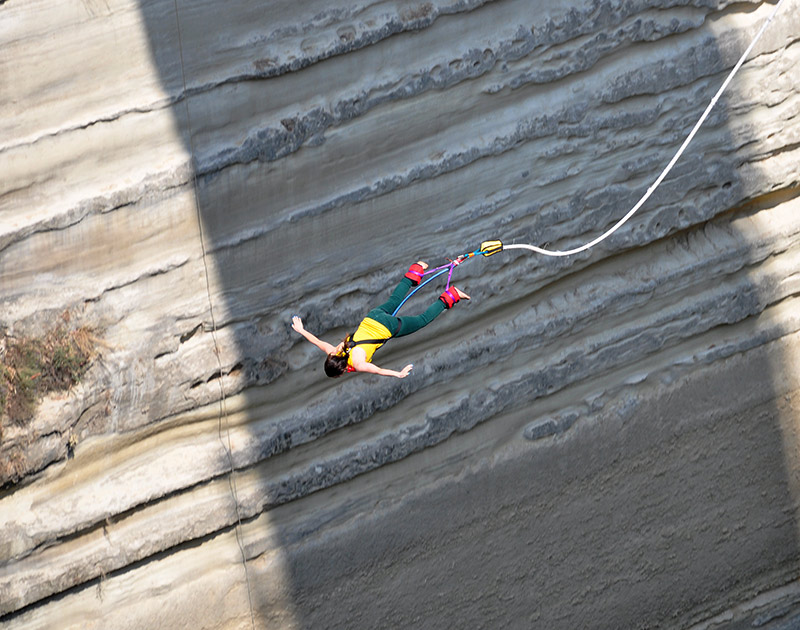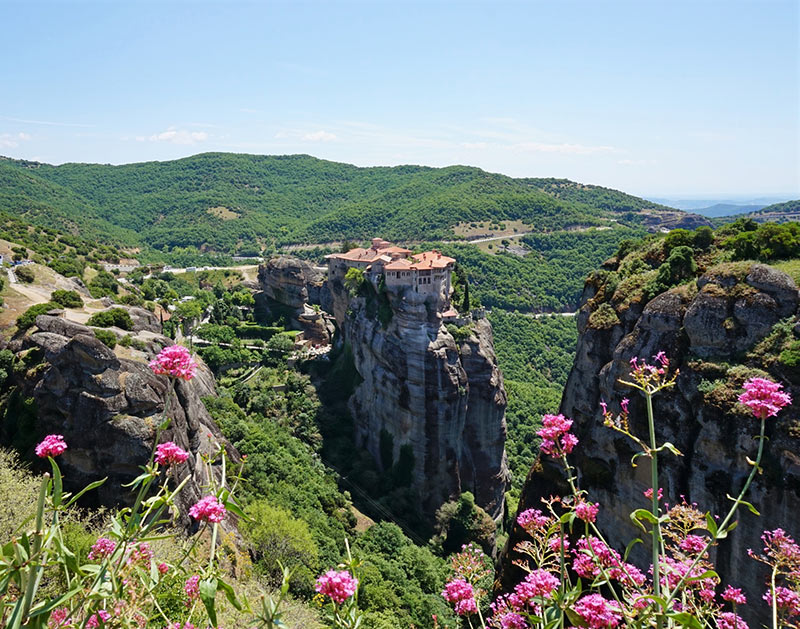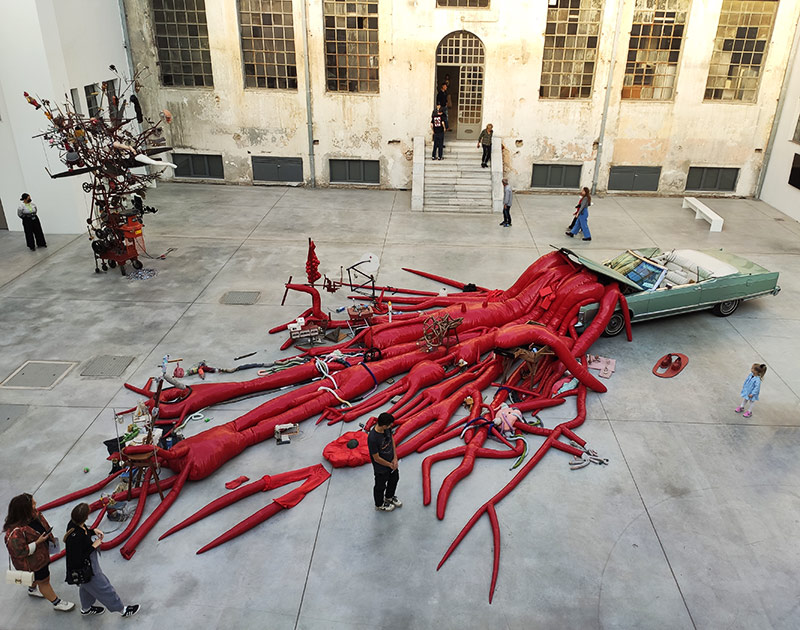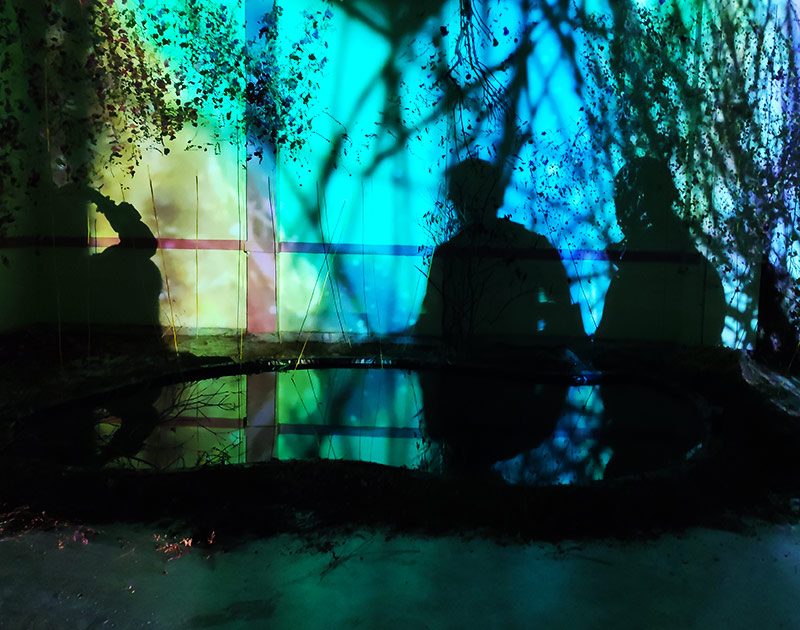Sofia Ps.
Delphi Archaeological Museum
There are so many cool things in the archaeological museum of Delphi that you wouldn’t know where to start or what to see. Also, chances are that you’re also visiting the huge archaeological site next to it, so you’re already feeling exhausted. However, don’t let this stand in the way of seeing some of the more extraordinary ancient findings in the world.
This is a list of my top-10 highlights to help you make the most of your visit! The permanent exhibition is presented in chronological order, so as you walk into the museum you follow along with the history of Delphi through time. The highlights are presented in the order that you’ll encounter them in the museum (See the floor plan at the end of this post).
(Room V)
The Sphinx was dedicated to Delphi by the people of Naxos island (ergo the name Naxian Sphinx) at around 560 BC. This mythical creature, with the body of a lion, the head of a woman, and the wings of a bird, was beloved in ancient Greek art. It stood atop an Ionian column, which was 10 meters high.
(Room V)
Treasuries were small temple-like buildings dedicated by Greek city-states, filled with valuable offerings. The rich sculptural decoration of the Treasury of the Siphnians is really well preserved. If you’re a fan of Greek mythology you’ll really like this, because it’s full of different myths and stories, such as the Trojan War, the Judgement of Paris, the Gigantomachy (battle between the Olympian gods and the giants) and many more.
(Room III)
These two Kouroi (statues of young men) are probably representing Cleobis and Biton, two brothers from the city of Argos, who were given the gift of an honourable death. Their story is recounted by Herodotus, where the Athenian Solon talks to Croesus, the king of Lydia, about the true meaning of happiness and fortune.
(Room IV)
Chryselephantine means made of gold and ivory; materials so precious that make these findings extremely rare in Greece. Most ancient Greek chryselephantine statues were lost, melted away and looted. But the specific ones were burnt in a fire in ancient times and then buried in the ground, where they were found in 1939. The most impressive ones in the room are the statues of Apollo and Artemis, as well as the huge silver bull.
(Room VIII)
Some stones from the outer wall of the Athenian Treasury bear musical inscriptions. These are hymns which were sung in honour of god Apollo by a chorus accompanied by flutes and lyres. Between the lines of the lyrics are individual letters, which represent musical notes, making this one of the oldest written notations of a melody in the world. And, because it has been deciphered, you can actually listen to it!
[Video: Delphic Hymn to Apollo (138 B.C.) (syrinx) · Petros Tabouris Ensemble, Ancient Greek Musical Instruments / Music of Ancient Greece · Provided to YouTube by The Orchard Enterprises. ℗ 2003 Musical Ark]
(Room VIII)
A Cylix (or kylix) is a common type of an ancient Greek wine-drinking cup. It’s easy to recognize because it looks like a shallow bowl with handles. This specific white-ground Attic cylix has a beautiful, detailed depiction of Apollo. He is sitting on a stool, wearing a laurel wreath on his head and holding a lyre and a libation bowl. Opposite him, the black bird is either connected to the sad myth of Coronis, one of the lovers of Apollo, or it’s an oracular raven.
(Room XI)
These three figures on the acanthus column became known as the dancers of Delphi. They were dedicated to Delphi by the Athenians and probably depict the three daughters of the mythical Athenian king Cecrops. On their heads there used to be a bronze tripod where the omphalos of Delphi was placed. The omphalos (lit. “the navel”) symbolized the fact that Delphi was considered to be the centre of the ancient world.
[Video: Danseuses de Delphes · Claude Debussy Préludes, Book 1 ℗ Audiofonic Records, provided to YouTube by Believe SAS]
Fun fact: The Dancers were the inspiration for the first of Claude Debussy’s Préludes (Danseuses de Delphes).
Antinoos’ tragic story is embodied in this brilliant statue’s calm yet sorrowful expression.
(Room XIII)
The Charioteer is the most famous statue of Delphi. It’s made of bronze, like most of the original ancient Greek statues, and it was part of a larger-sculpture group including a chariot and four horses. It was dedicated to Delphi by Polyzalos, a tyrant from Sicily, to immortalize his victory in the chariot race of the Pythian Games (474 or 470 BC). This true masterpiece of ancient Greek art presents the charioteer after the moment of his victory, being happy yet calm, manifesting ethos, balance, and inner strength.
(Room XIV)
This inscription was carved on the pedestal of the bust of Plutarch, a well-known philosopher. He served as a priest to Apollo for about 30 years, and through his writings, we get much information about the Oracle of Delphi and the sanctuary during his time (2nd cent. AD).
Before you leave: Here’s a floor plan of the museum to help you know where’s what during your visit.
Source of photograph: Plan of Delphi Museum, Wikipedia, Creative Commons license.
Check out this for more Greek museums and sites!

